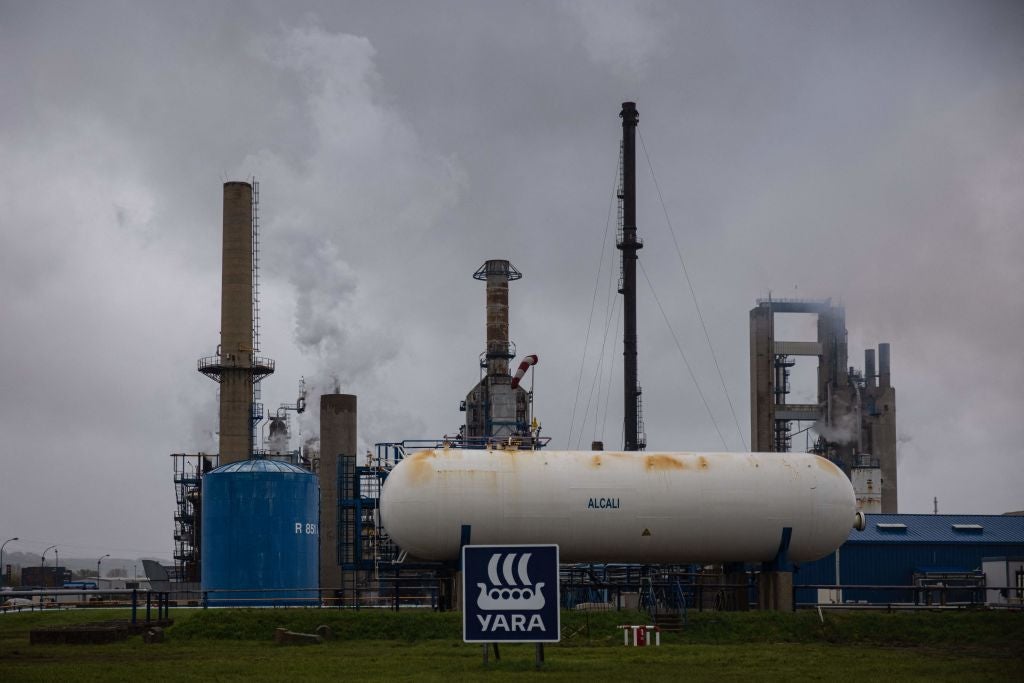Fertiliser maker Yara International on Monday announced that it has signed a deal with CO₂ transport and storage supplier Northern Lights for the cross-border transportation and storage of CO₂.
The deal will see liquified CO₂, initially emitted by ammonia production processes at Yara’s Sluiskil facility in the Netherlands, shipped by Northern Lights to permanent storage on the Norwegian Continental Shelf, 2.6km under the seabed.
Yara hopes that the CCS project will cut annual CO₂ emissions from its Sluiskil plant by 800,000 tons, or 12 million tons over a 15-year period, the company said in a press statement.
Svein Tore Holsether, CEO of Yara, said: “This is a milestone for decarbonising hard-to-abate industry in Europe and for Yara it is an important step towards decarbonising our ammonia production, product lines and the food value chain at large.”
The liquefied CO₂ will initially be stored in onshore tanks at Øygarden, Norway, before being injected into an offshore saline aquifer via pipeline for permanent storage, with operations due to begin in 2025 and continue until 2040.
“This commercial agreement gives us the opportunity to further utilise the capacity at our storage site below the North Sea. It confirms the commercial potential for CCS and demonstrates that the market for transport and storage of CO₂ is evolving rapidly,” said Børre Jacobsen, managing director of Northern Lights, which is jointly owned by oil majors Equinor, Shell and TotalEnergies.
CCS technologies are now widely regarded as essential to meeting the goals of the Paris Agreement in both climate change literature and guideline pathways by international bodies such as the International Energy Agency and the UN Intergovernmental Panel on Climate Change.
However, despite its first implementation in the late 1970s, CCS remains largely unreliable and underdeveloped on a commercial scale. Many academics agree that CCS deployment must increase dramatically if climate targets are to be met. One recent study found that if current rates of deployment continue through to 2050, the decade by which many countries have set binding targets to produce net-zero annual emissions, then global carbon storage capacity will reach just 10% of what is required to sufficiently abate industrial emissions.
The EU’s CCS strategy is due to be announced early next year in an attempt to clarify rules relating to the technology and incentive investment. Increased regulation and policy regarding CCS will be necessary if it is to be commercially scaled in a meaningful way.
On Monday, the UN Environment Programme published a report warning that the world is on track for a “hellish” 3°C rise in global temperatures by the end of this decade, twice as much as the 1.5°C maximum increase set out in the Paris Agreement, because carbon-cutting policies are so inadequate.









